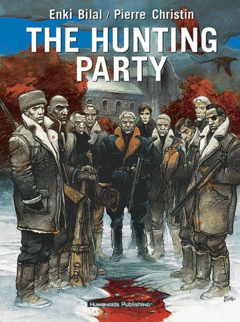This video is kind of sad or the funniest thing ever. Between the ages of elevan and fourteen I owned about 2 out of 3 of those books. He must be a little younger than me or also a late bloomer.
Those books are from the early nineties. The joke is that those comics were marketed as collectibles, so subsequently, were overproduced junk.
The sad or possibly ironic thing about this video is that it highlights the worse side effects of the false scarcity of the comic book market. In the nineties there were literally thousands of comic books that were being sold to people who would never open them. Which meant there were issues where five books were sold for every three that were read. This excess production of never opened comics subsequently drove down the scarcity of each copy.
There was a silver, or at least limited addition foil lining, to all this speculation. Because so many of these books were never opened, the cover art didn't just have to sell the book, at times it was the only thing being sold. So there was a high premium on the art and many of the artists who were just getting name recognition in the late eighties became the selling points for the books they worked on. This in turn allowed for a group of them to break off and start Image Comics the first really profitable high-profile creator owned publisher.
I am not claiming Image didn't have a lot of its own problems. Back then it wasn't really offering much that Marvel or DC hadn't already offered. Sam Keith's Maxx being the exception that proved the rule. As it has sort of become it own thing, it largely did so by allowing that some of the more derivative aspects to re-enter the corporately controlled intellectual property driven industry of mainstream comics.
While this was going on Karen Berger at DC was poaching all this crazy writing talent from Great Britain and starting up the Vertigo imprint of DC. I feel (this may just be auto-biographical), that the backlash against comics that were not for reading collided with Vertigo's track record of having books whose writers and not illustrators were the big selling point.
That was over a decade ago and I really don't have my hand any where near the pulse of main stream comics but I hope this had lead to some equilibrium. I guess I can use that hope as transaction because the two reviews I am working on are writer/artist teams.



